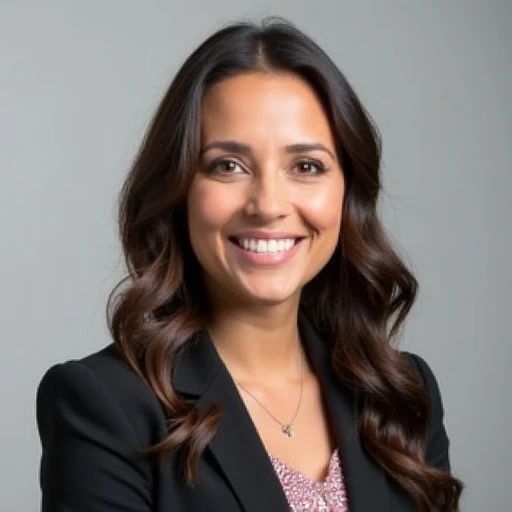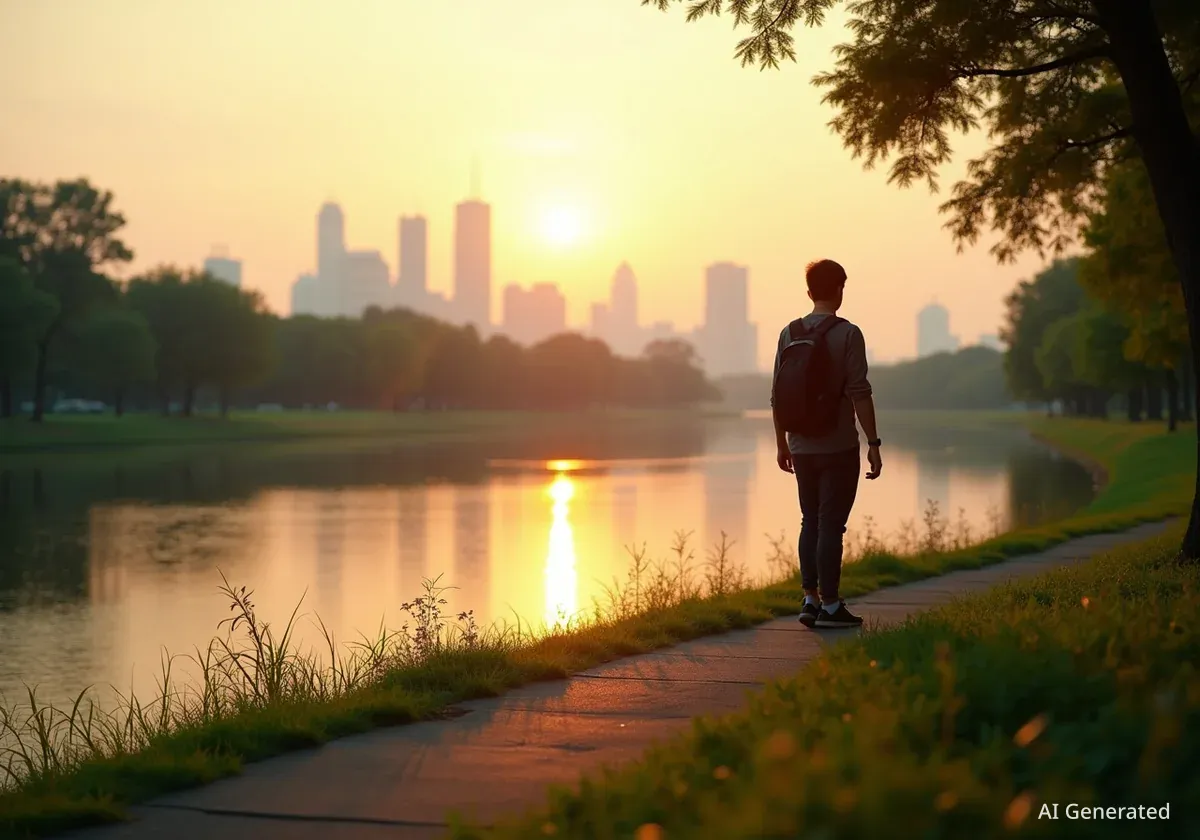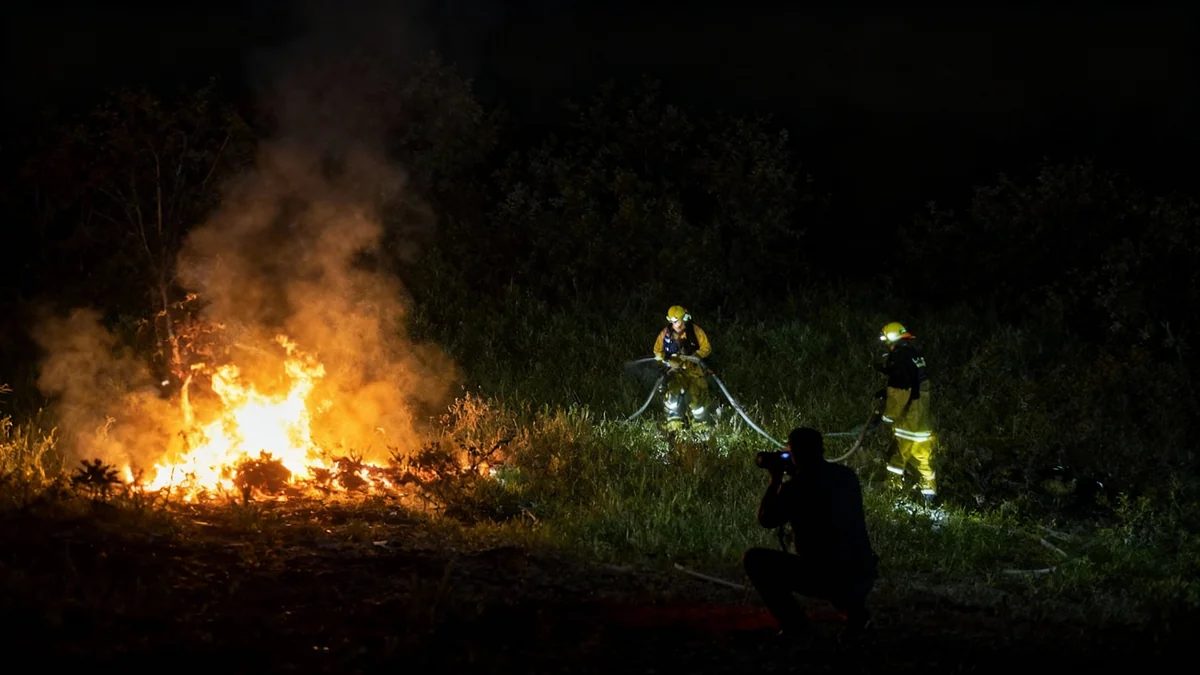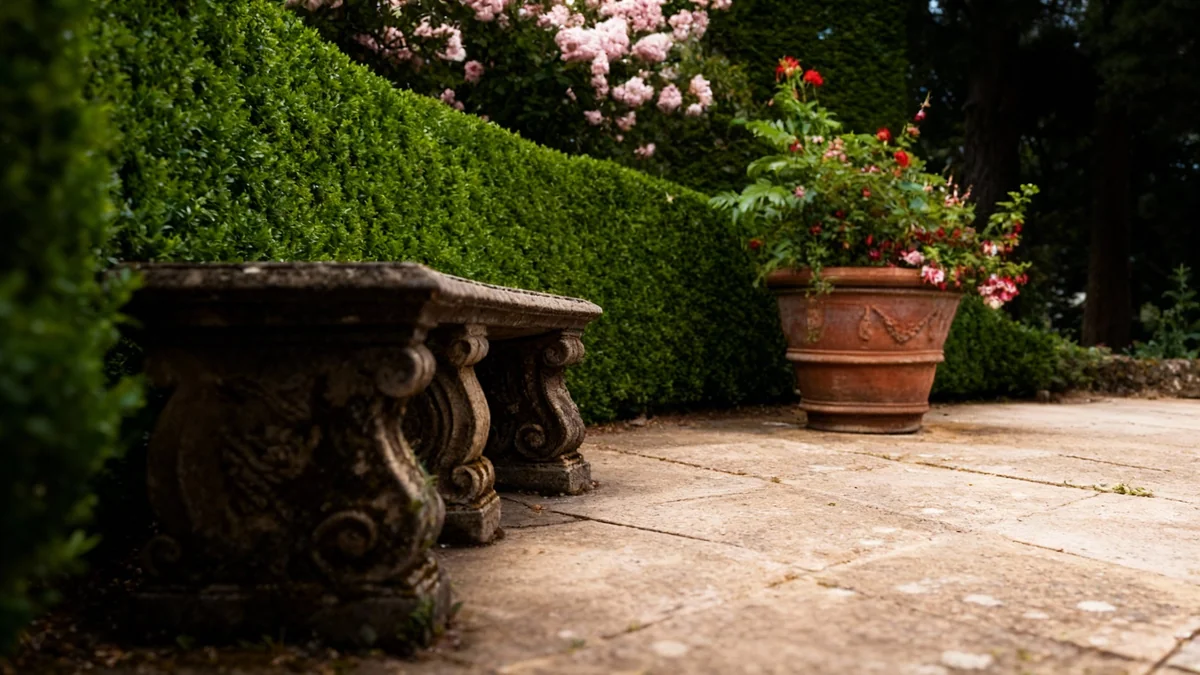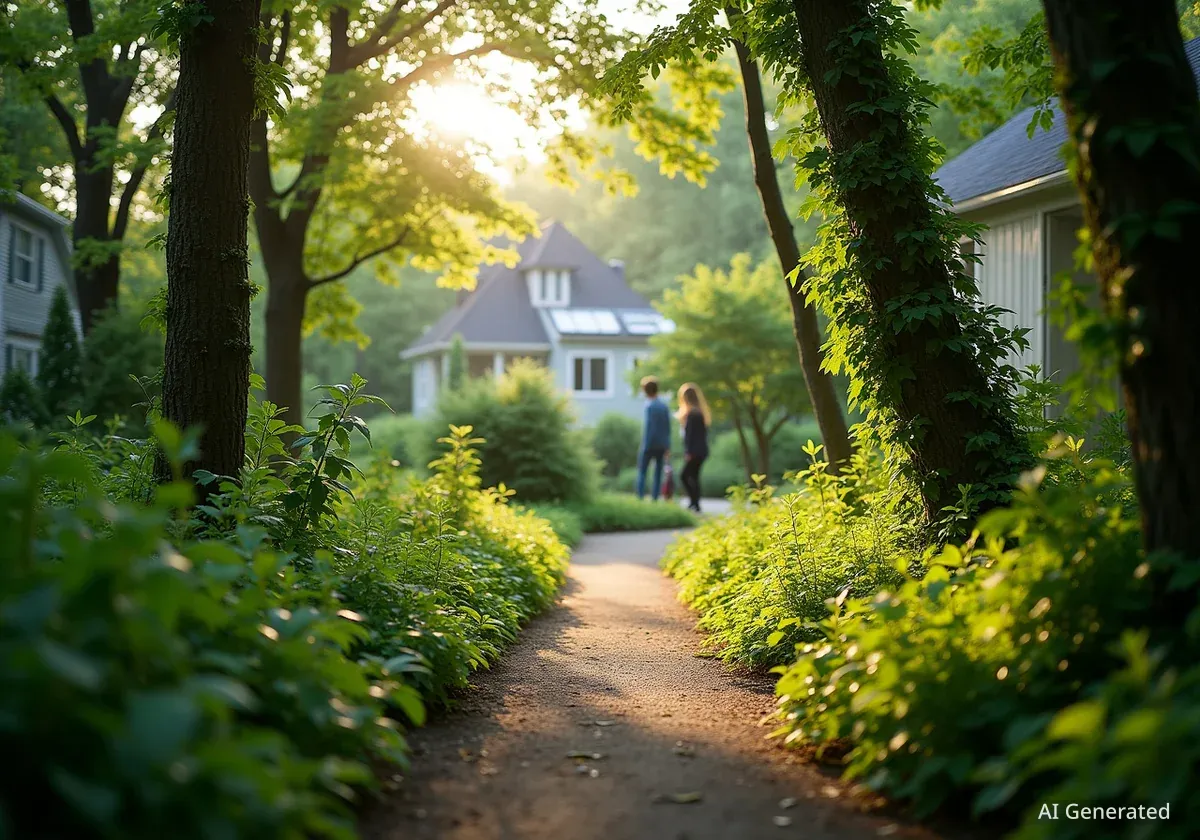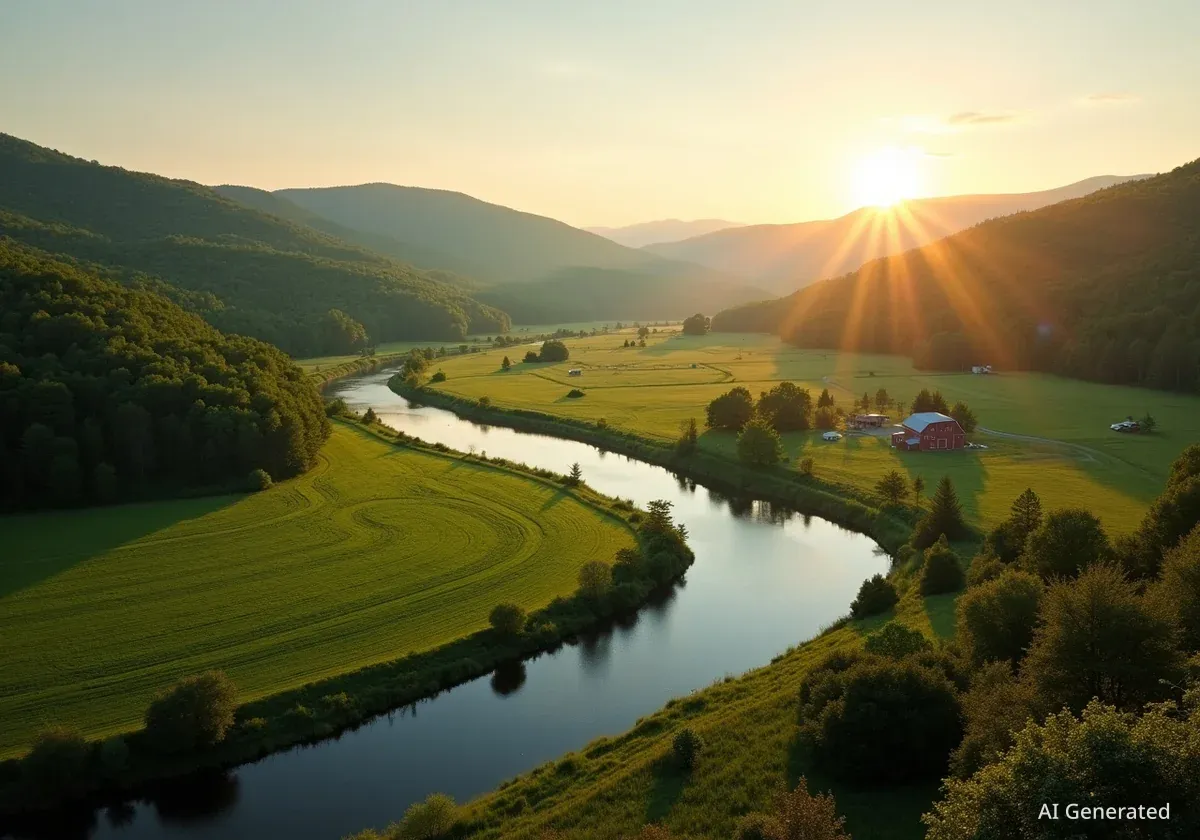Boise residents will have the final say this November on a proposed $11 million levy aimed at protecting clean water sources and acquiring open space. If approved, the measure would be collected through property taxes in 2026 and 2027, continuing a city tradition of funding conservation efforts through direct voter consent.
The proposal represents an expansion of previous levies passed in 2001 and 2015, adapting to the city's evolving needs for environmental protection and urban green spaces. For the average homeowner, the financial impact is estimated to be around $40 per year.
Key Takeaways
- Boise voters will decide on a new $11 million levy for clean water and open space projects in the upcoming November election.
- The cost for an average homeowner is estimated at $40 annually, or $9.89 per $100,000 of taxable property value.
- Funds can be used for land acquisition, Boise River projects, wildfire mitigation, and pathway construction, but not for park amenities like playgrounds.
- A political action committee supporting the levy has raised over $112,000 from local and national donors.
Expanding Boise's Conservation Legacy
The 2025 levy builds upon two successful $10 million initiatives from 2001 and 2015. While the initial efforts focused heavily on preserving the iconic Boise foothills, the city's approach to open space has broadened significantly over the past two decades.
With funds from the 2015 levy nearly exhausted, this new proposal aims to address a wider range of environmental priorities. According to city officials, the definition of open space has evolved to meet the demands of a growing community.
"While it is still about foothills property, there is a need to make sure we’re using these levy dollars across the entire community, like preserving open space in West Boise or in different urban areas," said Lisa Duplessie, the city’s foothills and open space superintendent.
Duplessie highlighted the shifting focus, stating, "We’re realizing there are other places in the entire community we need to preserve open space and trying to see what makes the most sense for the community, whether that’s creating space for wildlife habitat or recreational amenities or space for connections."
What the Funds Will Cover
If passed, the $11 million would be allocated to several key areas:
- Land Acquisition: Purchasing land for preservation, both in the foothills and within urban areas across the city.
- Clean Water Projects: Funding initiatives to protect and improve water quality in and around the Boise River.
- Wildfire Mitigation: Implementing measures to reduce the risk of wildfires near residential areas.
- Pathway Construction: Building new pathways to improve connectivity for pedestrians and cyclists.
However, the levy has specific limitations. The funds are designated for land acquisition and foundational infrastructure, meaning they cannot be used to "green up" parks or install amenities such as playgrounds or sports equipment.
By the Numbers: The Levy's Financial Impact
The city has calculated the cost for taxpayers should the levy pass. The total amount of $11 million would be collected over two years. This breaks down to an annual cost of $9.89 per $100,000 of a property's taxable assessed value. For a home with an average assessed value, this translates to approximately $40 per year.
Significant Financial Backing for 'Yes' Campaign
A political action committee (PAC) named "Yes for Clean Water and Open Space" is leading the campaign to encourage a 'yes' vote. The group has seen considerable fundraising success, gathering approximately $112,000 this year.
Campaign finance records reveal that support is coming from both individuals and businesses. A significant portion, around $91,000, originated from donors within Idaho.
Major Donors Fuel the Campaign
Several large contributions have bolstered the PAC's finances. Notable donations include:
- $25,000 from Garden City resident Peter Snowden.
- $10,000 from real estate development firm Rafanelli and Nahas.
- $10,000 from general contractor McAlvain Companies.
- $10,000 from the National Association of Realtors.
So far, the PAC has spent over $41,000 on its campaign efforts. A substantial portion, nearly $31,000, has been directed toward broadcast advertising through a vendor named Targeted Platform Media LLC. The remaining funds have been used for campaign materials like yard signs and informational mailers sent to voters.
PAC Leadership and Political Ties
The "Yes for Clean Water and Open Space" PAC is headed by Alexis Pickering, who also serves as the executive director of the political nonprofit Conservation Voters for Idaho (CVI). While the two organizations are separate legal entities, their shared leadership highlights the strong support for the levy within the state's conservation community.
Levy Becomes a Factor in City Council Race
The ballot measure is not just a standalone issue; it has also become intertwined with the local city council elections. In District 6, the levy has emerged as a topic of political messaging and debate among the candidates.
Conservation Voters for Idaho (CVI) sent mailers to voters endorsing incumbent City Council Member Jimmy Hallyburton, citing him as the sole supporter of the levy among the three candidates in the race. This claim has been challenged by one of his opponents, former city council member Lisa Sańchez.
Sańchez took to Facebook to express her disappointment with the mailer, clarifying her position. "To be clear, I support the Boise Clean Water and Open Space Levy," she wrote. She noted that CVI had endorsed her in a previous election and criticized what she described as "negativity" in the current race.
In response, Pickering explained that CVI issued its endorsement of Hallyburton early in the campaign, before Sańchez had made any public statements about her stance on the 2025 levy. Pickering added that while Sańchez did respond to a CVI questionnaire, she did not mention the levy in her open-ended responses. The third candidate, Lynn Bradescu, did not respond to inquiries about her position on the matter.
